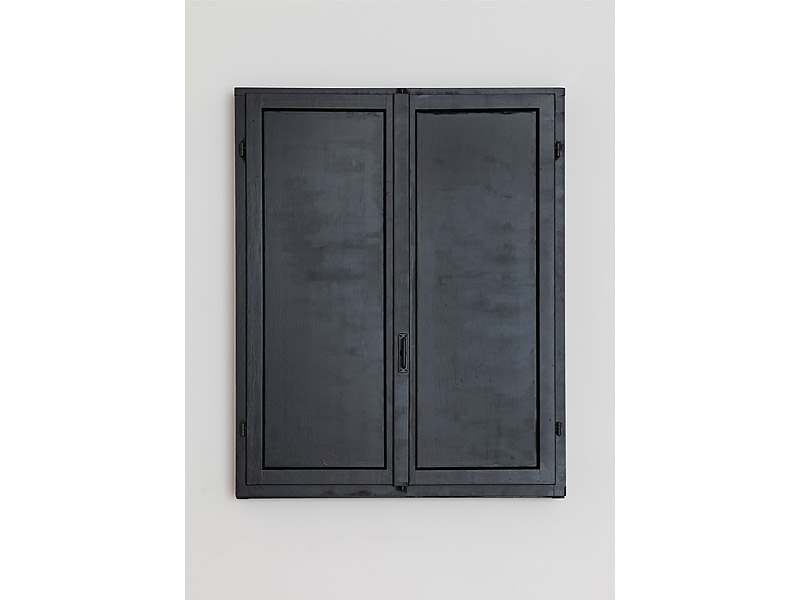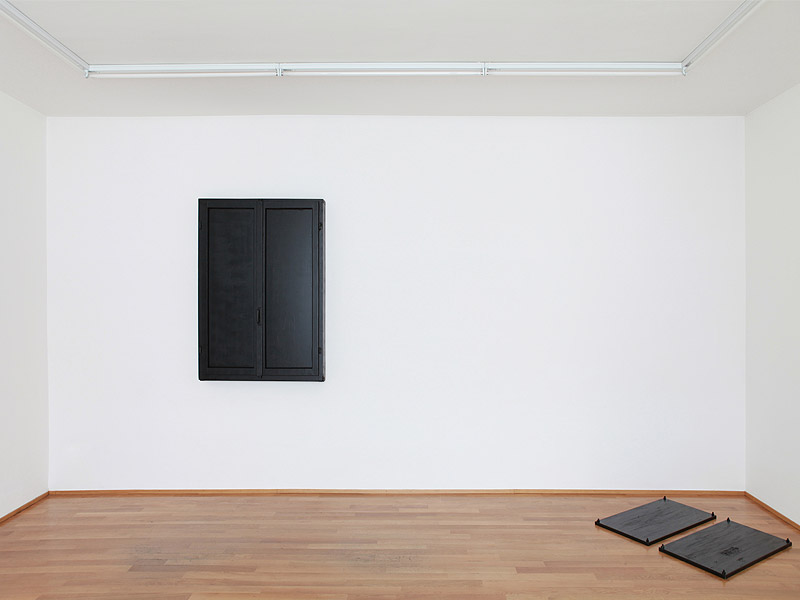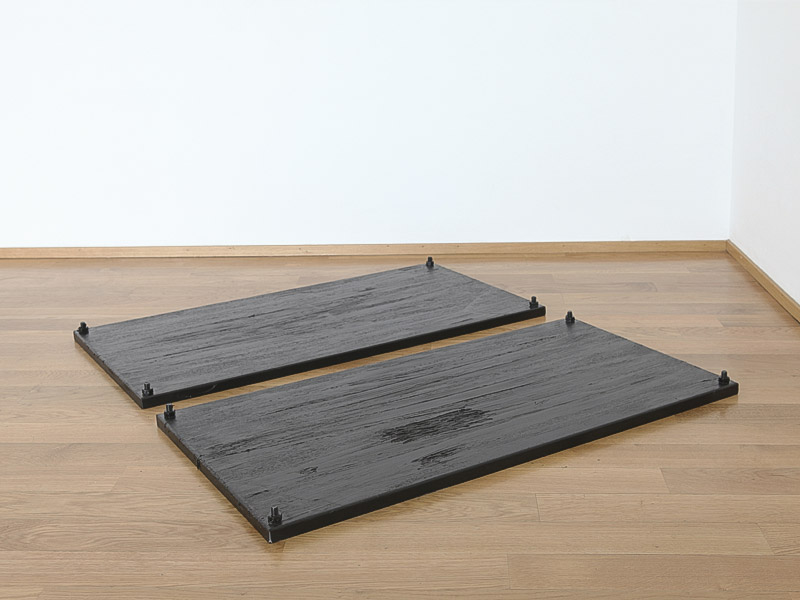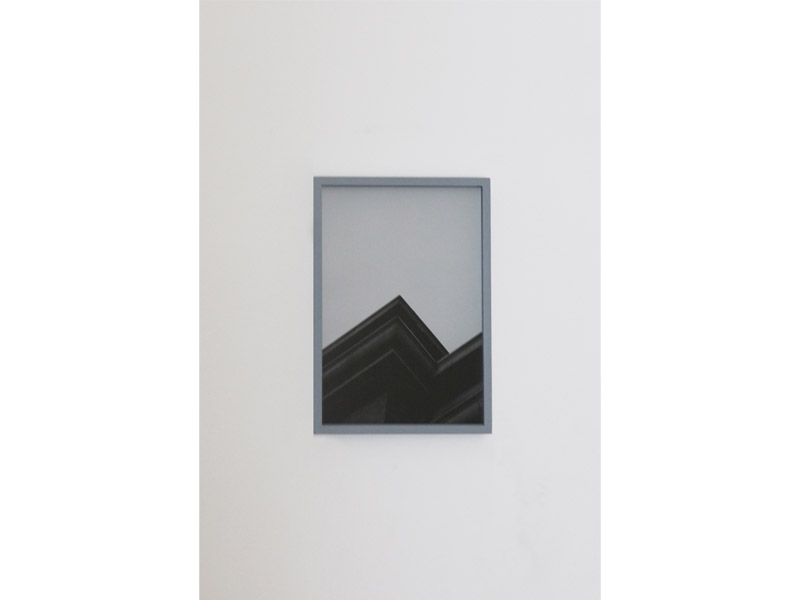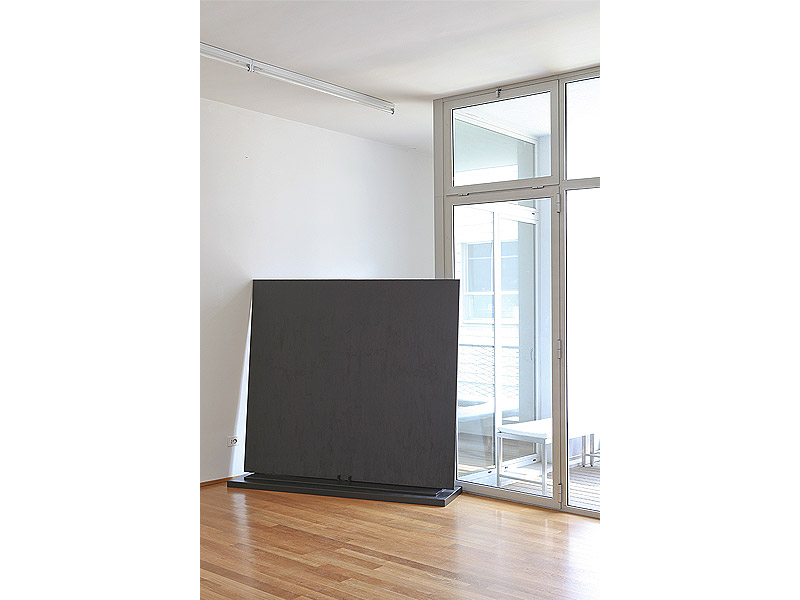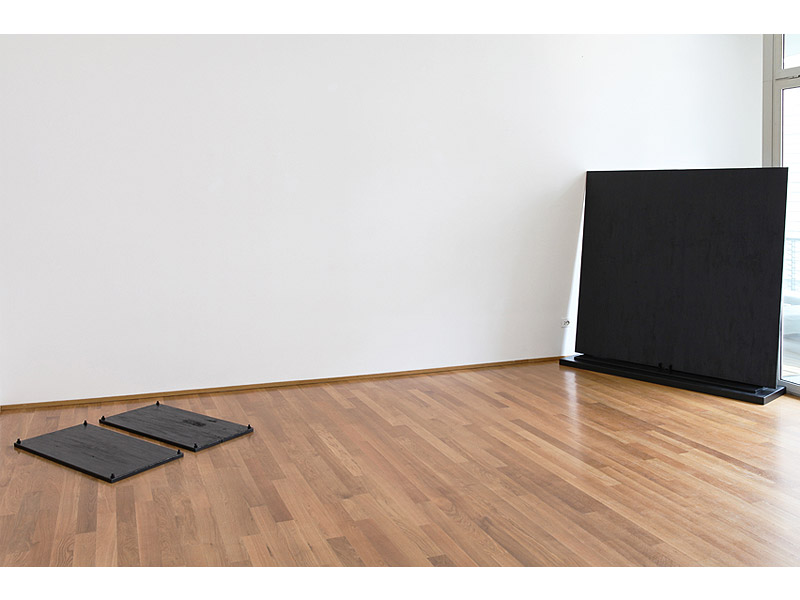MILAN – LE INTOCCABILLI PROSPETTIVE TERRENE
Silent echo “For some years I have watched movies without images, only listening to the audio” (Andreas Golinski).
By synaesthesia, all Golinski’s works propagate themselves in ways not unlike those of sound waves. Sculptures, collages, objects and small mise-en-scène, installed and designed, vibrate with a silent echo, custodians of secret, often intimate and painful stories, they appear to us as the very representation of the physical place of memory, a private and collective space, designed without either scale or recognizable borders, described by layers and detours.
Histories handed down by word of mouth, unconfessed tales concealed among the walls on the edges of town, unsettling events recounted by the media, are gathered and collected by Golinski in order to build scenarios and micro-sets, where the very narration is deconstructed, abstracted and rearranged.
The tale, the mnemonic process and the dynamics of verbal transmission of the story inspire the work of the German artist. This has been the case of Untitled (Ruhrtal) 2008, a work in which the architect who has designed the longest steel bridge in Germany intertwines the plot of its genesis with that of a mysterious kidnapping that happened years ago in the heart of the Rhine Valley, as well as of Schächte 2007, a reconstruction of the dark scenario of a mine through more than forty years of tales and history. Corners and portions of places, whole rooms and pieces of architectures are removed from their context and transformed.
The paint, black on black, is layered on shreds of space which have been rearranged by Golinski, and every coat seems to absorb, more and more, the very gaze of the spectator: to remember is something that has neither place nor space, the eyes are closed to make the vision deeper, before the window saturated with colour which the artist has installed in the space of Galleria De March.
The pieces of the metal structure, screwed together and mounted on a tiny crepidoma, almost as if to evoke a rationalist column, the mysterious angular shapes, the geometries of frames, the details of the buildings which the artist presents in the exhibition as collages installed on large bands of black rubber, are nothing but a distant echo of some threatening political architectures from the early years of the Twentieth century. Profiles and figures which evoke the powerful and ambiguous relationship between the silence of the apparently technical and decorative form, and the threatening resounding of a tale, of an unsettling and dramatic strategy.
Exploring the blurred borders between memory, private and collective unconsciousness and architecture, the German artist succeeds in producing a poetic synthesis of contemporary spatiality, a continuum without friction designed by Deleuzian folds where space and time seem to touch one another, head and tail.

